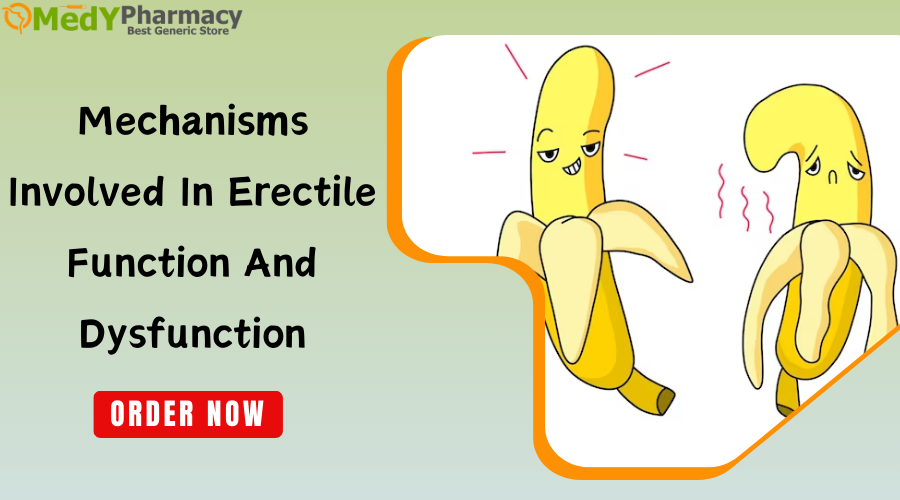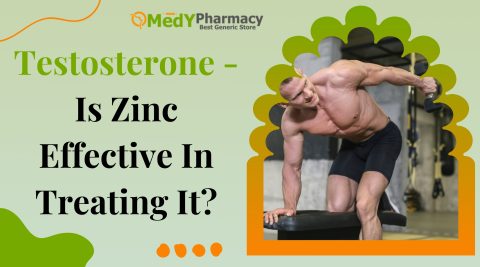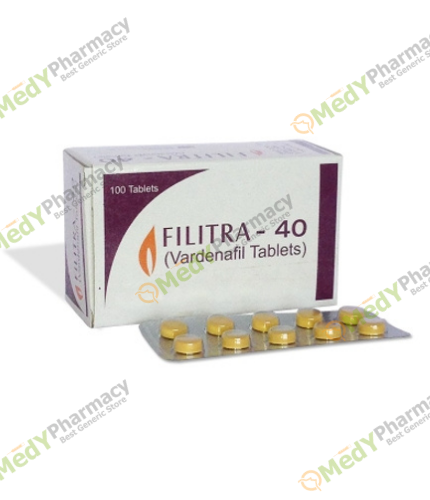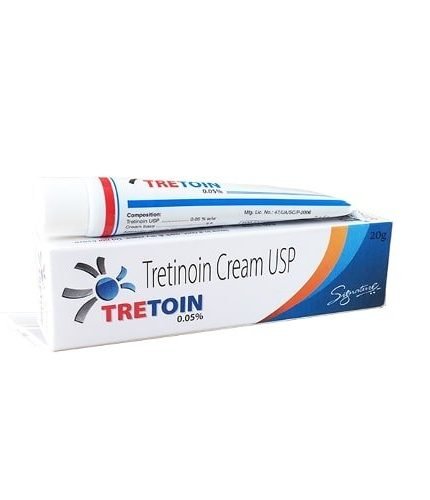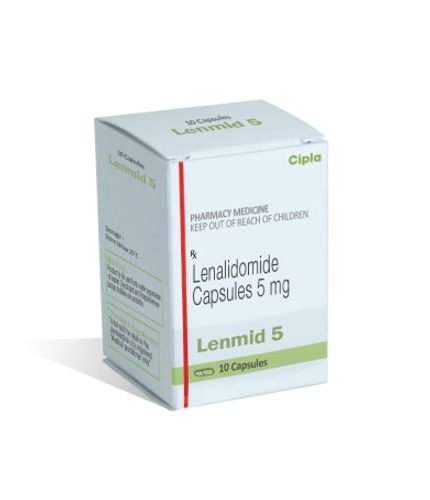Introduction:
Arterial dysfunction is the major cause of erectile dysfunction (ED), with cardiovascular disease being the most common complication. As a result, ED is frequently associated with a network of closely related cardiovascular risk factors such as physical inactivity, obesity, hypertension, and metabolic syndrome. Physical activity (PA) is a preventive factor against erectile difficulties and to improve erectile function in males suffering from vascular ED. This comprehensive evaluation evaluated the amounts of physical activity required to reduce ED in males with physical inactivity, obesity, hypertension, metabolic syndrome, and/or evident cardiovascular disease.
Erectile Function:
Sexual and erectile function are complex processes that frequently include both the patient and a partner. Thus, it may be unrealistic to expect post-operative sexual issues to be resolved with a single “magic bullet” (such as a Viagra dose).
- Medicines and gadgets.
- Psychosocial
- Hormonal assessment
- Investigational/emerging
For optimal benefits, it is recommended that you live a healthy lifestyle that includes nutrition, exercise, and stress management. Open communication about your needs, priorities, and concerns with your healthcare team and, if relevant, your partner is critical.
Medicines and devices
PDE5 inhibitors include sildenafil (Viagra) and tadalafil (Cialis). Starting them early has been associated with a higher possibility of recovery. For example, in one trial, patients received sildenafil twice weekly after nerve-sparing prostatectomy, either immediately after catheter removal or with delayed initiation. Patients who began treatment early were three times more likely to recover fully from erectile dysfunction.
Injections of the penile region. Again, commencing early after surgery has been associated with a higher probability of spontaneous erection recovery. Consider the penis to be your muscles; just as you need to get up and walk after surgery, even if you use a walker or cane, you must begin utilizing your penis with whatever aid is necessary.
Kegel exercises are used to treat the pelvic floor muscles. Perform these after surgery to assist in regaining urine continence. There is additional evidence that recovery of erectile function is beneficial. Even in individuals with persisting erectile dysfunction (ED) following surgery, initiating Kegels 12 months after surgery (vs. 15 months) was associated with improved erectile function and reduced discomfort.
Penile prosthesis. If you are still struggling after attempting previous remedies, you have options.
Recovery from Prostate Surgery:
Patients can usually anticipate staying in the hospital for one night after radical prostatectomy for monitoring purposes. The catheter is normally withdrawn seven to ten days following surgery, and the doctor will usually have pathology results by then to discuss if additional treatment is required.
Urinary incontinence and erectile dysfunction (impotence) are common side effects during the rehabilitation process.
Patients are recommended to avoid vigorous activity or heavy lifting for at least one month after surgery, with most needing to take three to four weeks off from work.
Medications that can help restore erectile function include:
- Sildenafil (Viagra)
- Tadalafil (Cialis)
- Vardenafil (Levitra)
Other medical procedures used to assist restore erectile function may be:
Muse is a tiny wax suppository intended to trigger an erection that is placed into the urethra using a little plastic instrument.
Vacuum pumps
Caverject, which is injected appropriately into the penis by the patient or the patient’s spouse at home using a small syringe and needle.
Factors influencing whether a man will restore erectile function following prostatectomy include:
- Previous sexual function before surgery
Robotic prostatectomy will, at best, return a man to his level of sexual function before the operation.
It will not improve the function that existed before to surgery.
- Age
The younger a man is, the higher his chances of restoring erectile function.
- The number of nerves that can be spared
The greatest likelihood of restoring erections occurs if both nerves can be preserved, although even males with no nerve sparing can regain erectile function.
What Purpose Does Prostate Removal Serve?
- Prostate bleeding occurs frequently.
- Unable to empty the bladder
- Bladder stones associated with prostate enlargement
- Urine flow is slow
- Urinary retention causes increased pressure on the ureters and kidneys.
The importance of nerve-sparing techniques.
Nerve-sparing surgery aims to maintain the nerves that control erections and run beside the prostate. When feasible, this method can considerably improve the chances of erectile function recovery following surgery. The surgeon determines whether to use nerve-sparing techniques based on the stage and location of the malignancy, as well as the patient’s overall condition.
Penile Rehabilitation Programs
The goal is to increase and maintain blood flow to the penis, hence aiding nerve regeneration and preventing fibrosis. PDE5 inhibitors, vacuum erection devices, and intracavernosal injections are all possible options in these programs.
Lifestyle modifications
Lifestyle adjustments can help improve erectile function. This includes regular exercise, a healthy diet, quitting smoking, limiting alcohol consumption, and controlling any cardiovascular health conditions that are critical for nerve and blood vessel health.
Psychological Support:
Dealing with erectile dysfunction after prostate cancer surgery can be emotionally stressful. Psychological assistance or sex therapy may be useful in controlling the psychological effects of ED and enhancing sexual intimacy.
Partner involvement
Involving one’s partner in discussions about treatment alternatives and expectations can be advantageous. During the rehabilitation process, open communication can help reduce anxiety and enhance relationships.
Advanced treatment options
Men who do not respond to medicine, injections, or devices can seek more intrusive treatment.
Artery or Venous Surgery
In some circumstances, vascular surgery can be used to enhance blood supply to the penis. The success of these techniques varies, and they are only appropriate for specific people.
Loss of erection during sexual activity.
You may discover that erectile dysfunction is limited to specific settings, such as sex with your partner. If you have no trouble gaining or sustaining an erection while masturbating yet struggle with partnered sex, it could be due to deeper relationship issues or performance anxiety.
Testosterone treatment
Testosterone monotherapy is an effective treatment for ED in males who have no other underlying illness, particularly when there are signs and/or symptoms of testosterone insufficiency such as decreased libido, low mood, and increased fatigue. In 61% of hypogonadal males with erectile dysfunction, testosterone treatment improves their sexual attitudes and performance.
Conclusion
The restoration of erectile function after prostate cancer surgery is a difficult issue that necessitates a tailored strategy. There are many different treatments and techniques available, ranging from drugs and gadgets to lifestyle modifications and surgery. Patients should be encouraged to examine all available alternatives with their healthcare physician to choose the best course of action for their circumstances.
Medypharmacy always has all of these medications available.







